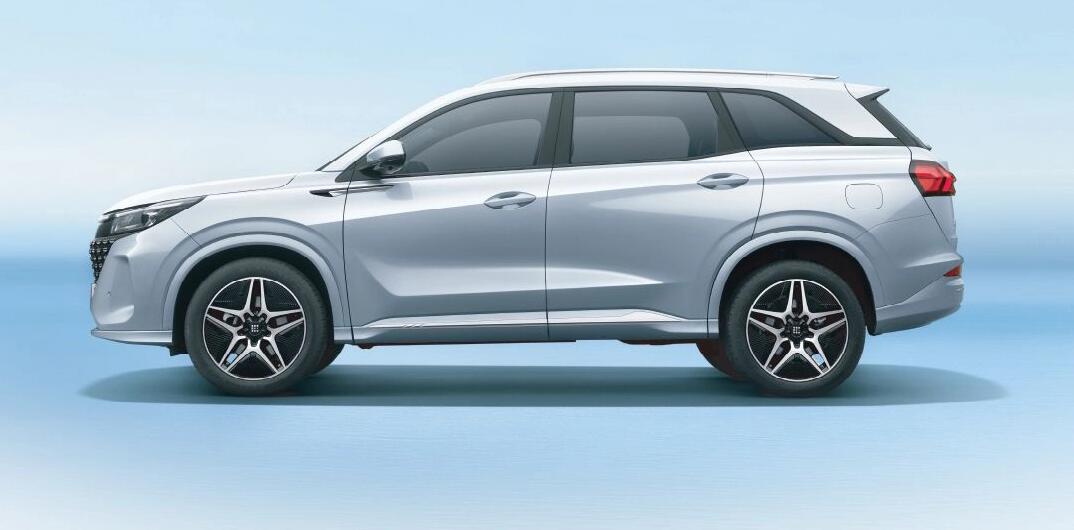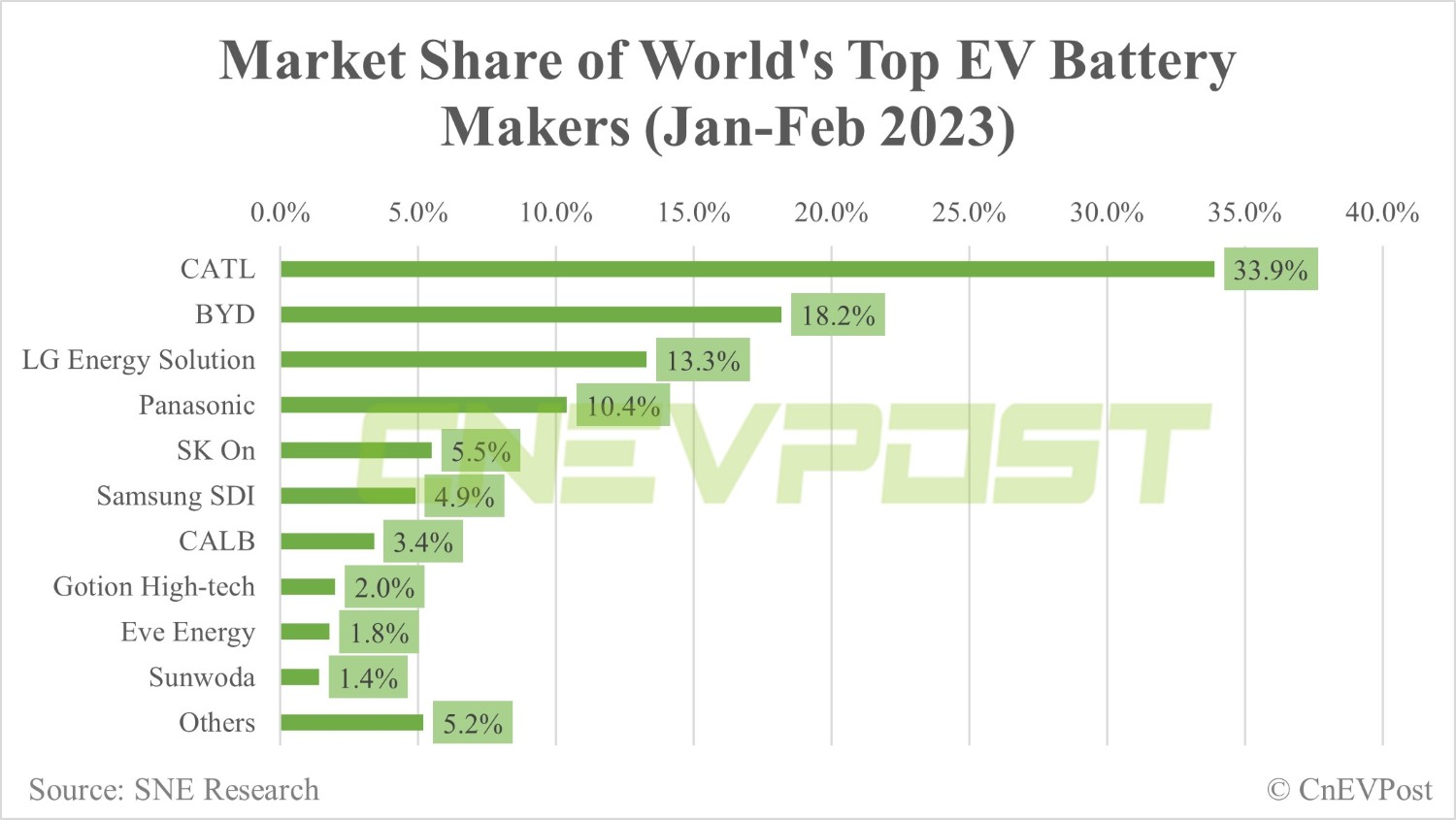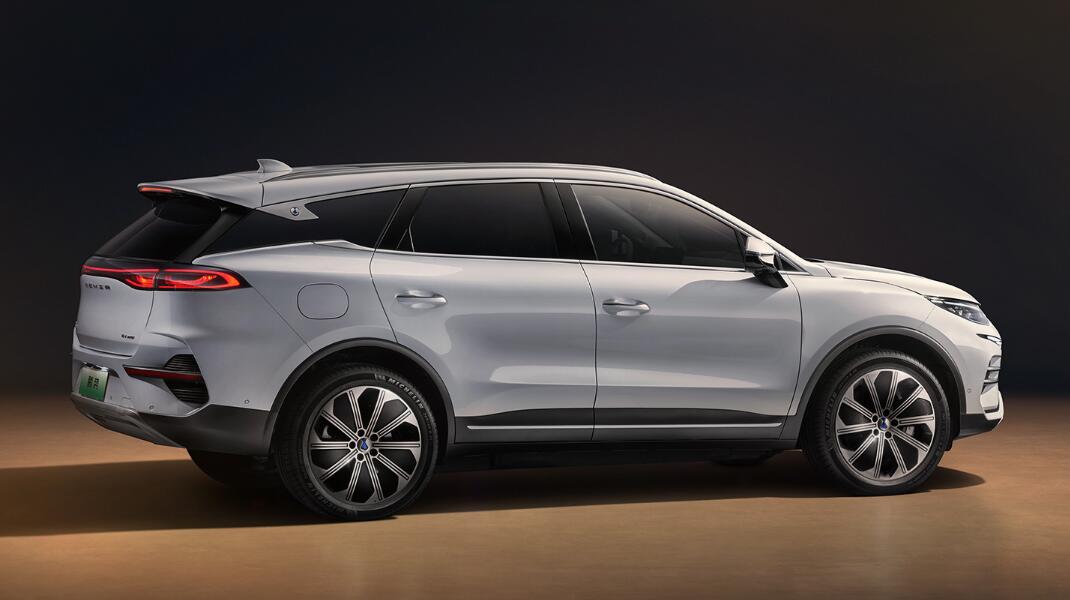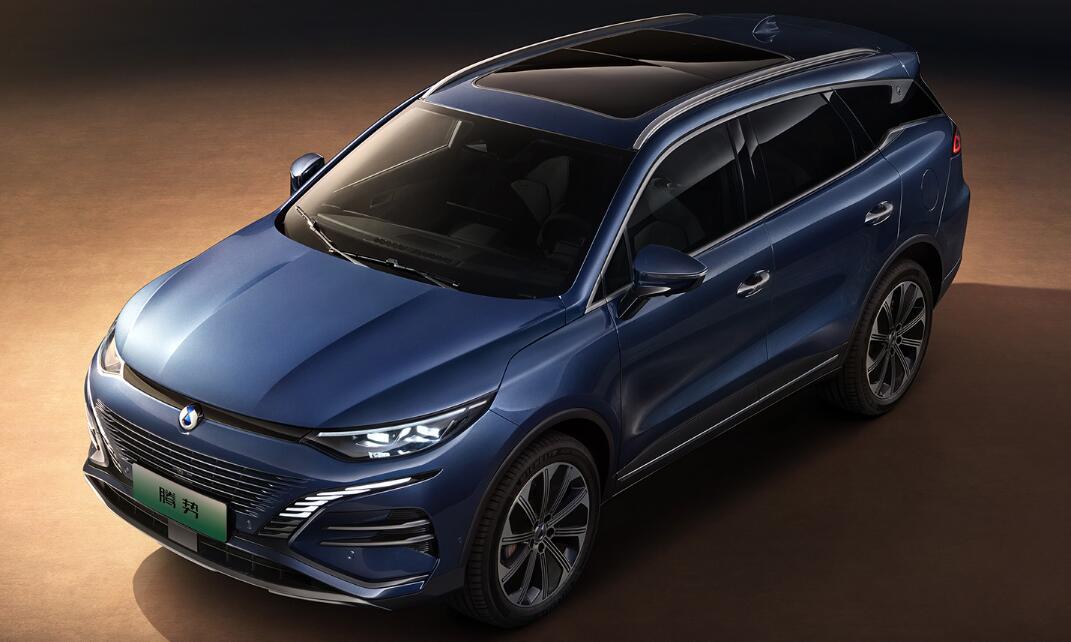BYD aims to sell at least 3 million vehicles this year and strive to reach 3.6 million, said Wang Chuanfu, its chairman and president. | BYDDY.US | BYD HK

BYD aims to sell at least 3 million vehicles this year and will strive to reach 3.6 million, said Wang Chuanfu, the company's chairman and president.
BYD announced its 2022 annual report on March 28 and held an investor conference on March 29, where Wang revealed the target, according to a report by local media outlet Yicai today.
For the 3.6 million unit sales target BYD is striving to reach, 2.8 million will be in China and 800,000 in overseas markets, the report said, citing an insider at the company.
BYD sold 1,868,543 vehicles in 2022, including 1,863,494 NEVs. The company discontinued production and sales of vehicles powered entirely by internal combustion engines in March 2022.
The company sold 50,021 NEVs overseas from July to December 2022. It first announced overseas NEV sales figures in July 2022.
If it can achieve its sales target of reaching 2.8 million units in China, BYD will surpass the Chinese market record of 2.16 million sales held by FAW-Volkswagen, Yicai's report noted.
If it can reach 3.6 million units in global sales, BYD will be among the top 10 car companies in global auto sales this year.
BYD aims to become the largest automaker in China by the end of this year, Wang said.
BYD's retail sales of 316,417 units in January-February were the highest among all car companies in China, with an 11.8 percent share, according to a list released earlier this month by the China Passenger Car Association (CPCA).
Wang expects China's NEV sales to be 8.5 million to 9 million units in 2023, with penetration rates of up to 40 to 45 percent, and possibly exceeding 50 percent in some months.
This means that sales for all cars will be about 20 million units in China this year, with traditional fuel vehicles selling around 11 million units, a further reduction of about 4 million units from 2022.
In China's first-tier, second-tier and third-tier cities, consumers are already barely considering fuel vehicles when buying cars, Wang said.
BYD has pricing power in the price range of 100,000 yuan ($14,540) to 200,000 yuan, but the company wants to keep things steady, he said.
BYD doesn't want to make it hard for others and make it impossible for others to survive, Wang said.
He believes that ADAS algorithms and high-level assisted driving have been deified by people under the influence of capital, and that the market will slowly return to rationality.
Wang believes that the Chinese car market is highly competitive, while competition in overseas markets is not sufficient, and Chinese automakers will find no or few rivals when they go abroad.
Products that are competitive in China will still be competitive in overseas markets with a 20 percent price increase, he said.
In expanding overseas markets, a good strategy in the short term is to focus on countries without local car brands, rather than the United States, South Korea, Germany, Japan, France and other auto powerhouses, Wang said.
($1= RMB 6.8768)
BYD expects its Q1 NEV sales to grow over 80% YoY, aims to be largest automaker in China by year-end
The post BYD aims to sell at least 3 million vehicles this year appeared first on CnEVPost.
For more articles, please visit CnEVPost.



















